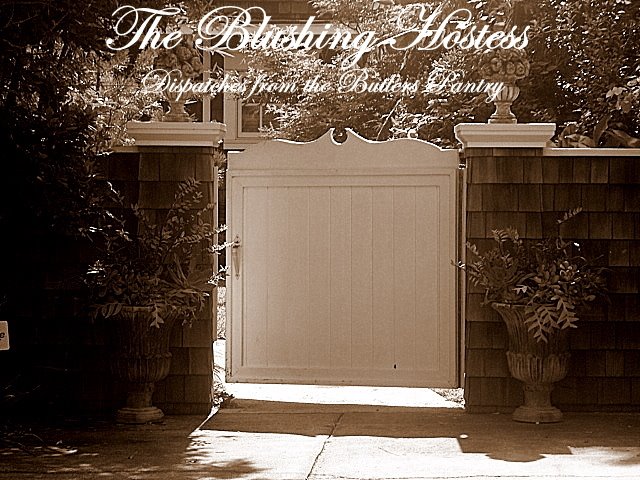
On dishes thus decorated the chief steward and three waiters served meals prepared in German style. Breakfast appears to have been a standard affair of rolls freshly baked in the ship's ovens, with butter, preserves or honey; eggs (served boiled in the shell for German passengers, fried or poached for Americans); Frankfurt sausage, ham, salami, cheese, fruit, coffee, tea, milk or cocoa.
On Monday, August 17, 1936, "Hindenburg's" passengers ate for luncheon: Strong Broth Theodor, Fattened Duckling, Bavarian Style with Champagne Cabbage, Savory Potatoes and Madiera Gravy, Pears Convent Style, Mocha. For dinner there was: Cream Soup Hamilton, Grilled Sole With Parsley Butter, Venison Cutlets Beauval with Berny Potatoes, Mushrooms and Cream Sauce, Mixed Cheese Plate. All this was served with tall bottles of Rhine and Moselle wines--Deideshiemer Kranzler Riesling, Piesporter Goldtropfchen Spatlese, Freiherr von Fahnenberg Spatlese, and others, as well as a few French red wines and an assortment of German champagnes led by the Deinard Cabinett, Troken (some 250 bottles of wine were carried on each crossing)."
-LZ 129 "Hindenburg", Douglas H. Robinson, Famous Aircraft Series [Morgan Books:Dallas TX] 1964






2 comments:
Maybe the knowledge of their last meal being reasonably gourmet takes a bit of the macabre away from our images of their disastrous end......I only hope they drank every last drop of the wines they were offered and that it dimmed their awareness of what would be their demise.
love this post, of course a said end, it seems they were well satiated. pgt
Post a Comment